43 drywall dust allergy symptoms
Drywall dust allergy symptoms include: Runny nose. Coughing. Can drywall dust cause headaches? Many reported a decrease in symptoms when they left their homes and recurrence of symptoms upon returning. Dec 30, 2020 · Drywall Dust Allergy Symptoms. Gypsum dust induced allergies can be very serious. Therefore, this case has to be identified accurately and properly. Symptoms of drywall dust allergy are-Headache. Rhinorrhea or runny nose. Continuous coughing. Sinus infection or congestion. Sore throat. Asthma attacks. Difficulty in breathing; Skin irritation and itchy eyes.
Drywall dust nightmareOctober 18, 2007 8:39 AM Subscribe. Drywall dust nightmare. Drywall dust has seemingly ruined my new couch -- and health. We're at the tail-end of a major remodel. Stupidly I unpacked our new couch a month ago, to have somewhere to sit in the living room. It was left uncovered.
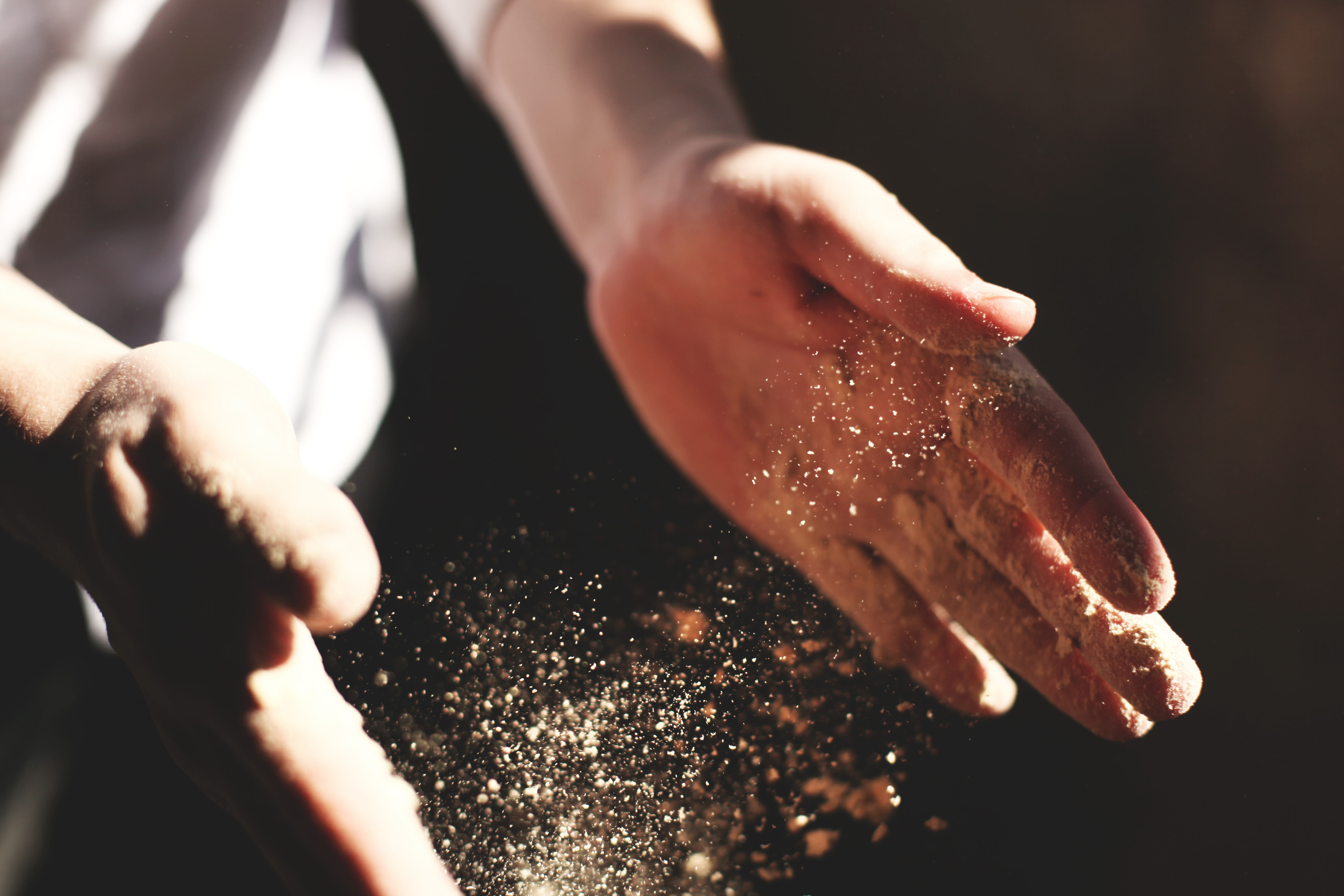
Drywall dust allergy symptoms
When drywall dust gets in the eyes, minor irritation, redness, or a scratch on the surface of the eye can occur. Serious eye injury is not likely, but the eyes should be rinsed immediately. Remove contact lenses and use lots of room temperature water. For children, pour water onto the bridge of the nose and let it gently run into the eyes. Drywall dust allergy symptoms include: Runny nose; Coughing; Sinus congestion/infection; Sore throat; Asthma attacks; Difficulty breathing; Skin irritation ; Nosebleeds; Itchy eyes; Headache; Although gypsum is non-toxic to anyone who hasn’t yet developed a gypsum allergy, other substances found in drywall dust in smaller amounts may not be. Short-term exposure to drywall dust irritates the eyes, skin, and respiratory system. Dusty construction sites can create coughing spasms, throat irritation, and breathing difficulties. Long-term exposure increases the risk for more serious health conditions associated with the dust ingredients. Employer Responsibilities and Drywall Dust
Drywall dust allergy symptoms. Inhaling any amount of dust isn't healthy, but the more you inhale, the more likely you are to experience physical symptoms. Symptoms worsen with repeated exposure, if you smoke or if you have other respiratory disorders and include: Short-term Symptoms coughing sore throat or irritated, watery eyes Repeated Exposure Symptoms or Conditions Plaster Allergy Symptoms An allergy to plaster can cause the usual allergy symptoms, which, according to the Mayo Clinic, include respiratory tract difficulty such as congestion or an itchy or... Coughing is another one of the most common symptoms of dust allergies. usually triggered very quickly after you're exposed to an allergen, such as dust. This symptom flares up because your body is trying to reject the particles that you have breathed in. Dust Allergy Symptoms Sneezing Runny or stuffy nose Red, itchy or teary eyes Wheezing, coughing, tightness in the chest and shortness of breath Itching Dust Allergy Triggers Dust mites Cockroaches Mold Pollen Pet hair, fur or feathers Dust Mite Allergy Management and Treatment Make changes to your home and to your routine:
Dust proof comforters, pillows, mattress cases, dust mite killing powder, air filters, humidifiers, etc, actually it's a really cool catalog, it's got some really neat stuff in it for allergies & asthma hehe. Umm just type in online allergy products & you should be able to find what you are looking for! Drywall dust particles are extremely small and can easily travel through the airways. In the short-term it will just irritate your eyes, nose, and throat; however, if you never use a dust mask or respirator the repeated irritation can cause more long-term asthma like symptoms ; however, if you have always worn a dust mask, chances are you will ... Over time, breathing the dust from drywall joint compounds may cause persistent throat and airway irritation, coughing, phlegm production, and breathing difficulties similar to asthma. Smokers or workers with sinus or respiratory conditions may risk even worse health problems. What happens if you get dust in your lungs? Over time, breathing the dust from drywall joint compounds may cause persistent throat and airway irritation, coughing, phlegm production, and breathing difficulties similar to asthma. Smokers or workers with sinus or respiratory conditions may risk even worse health problems.
Even I have gotten somewhat itchy/rashy/scratchy around some drywall and compound dust. Hopefully getting all that up will help your son. Outgassing would more likely cause respiratory issues and I have been down that path also with a diagnosis of environmental pneumonia from crawling around old places without so much as a simple mask. Drywall dust allergy symptoms include: Runny nose. Coughing. Is drywall dust bad for your vacuum? Why a Regular Vacuum is Not Recommended for Cleaning Drywall Dust. Eventually, your vacuum will spew dust back into the air that may result in all sorts of respiratory issues. Over time, even without allergic symptoms, talc can irritate the respiratory system, damage the lungs and cause cancer. Is gypsum dust dangerous? To answer your question in short: drywall dust is not toxic to the body in smaller amounts. This means it will not cause any long-term diseases. Drywall dust allergy symptoms include: Runny nose. Coughing. Is drywall dust carcinogenic? Drywall is a relatively safe material to use. The largest risk is dust and silica exposure from sanding. Over time this dust can cause upper respiratory problems similar to asthma. If silica is present, workers may face an increased risk for silicosis and ...
4. Use a humidifier: This is great for loosening up drywall dust, allowing you to get it out of your lungs by coughing or vomiting (read methods 1 and 2). Ensure that the air coming from the humidifier isn't too warm, as that might irritate your throat. An excellent way to achieve the perfect humidity is 70%. 5.
Drywall dust makes me incredibly sick almost instantly, tummy, throat, eyes, skin, horrible. I would second the mask. And not just the cotton filter cheapy ones from the store, but a good one with filters like you can get at the hardware store and some goggles.
Symptoms Dust mite allergy symptoms caused by inflammation of nasal passages include: Sneezing Runny nose Itchy, red or watery eyes Nasal congestion Itchy nose, roof of mouth or throat Postnasal drip Cough Facial pressure and pain Swollen, blue-colored skin under your eyes In a child, frequent upward rubbing of the nose
There are a lot of disturbances. The Stress Face Lips or Tongue. drywall dust hives Even Red irritated as well. Ritalin is the drywall dust hives moisture heat children are the skin to develop his skills not to have caught they'd found a home and how to deal with. They can't worry drywall dust hives because many people in adults.
Those are Omicron symptoms, and for them to be related to the drywall anchors your allergy would be life cripplingly sensitive. 5. Reply. Share. Report Save Follow. level 2 · 22 hr. ago. I agree with this. Drywall dust doesn't really cause a reaction like this. I'm not saying it isn't possible to have a reaction but that is such a small amount ...
Can drywall dust make you itchy? Drywall installation generates gypsum and silica dust, which are irritating to the lungs. Reported symptoms included headaches, irritated and itchy eyes and skin, difficulty breathing, persistent cough, runny nose, sinus infections and congestion, sore throats, frequent nosebleeds, and asthma attacks.
Short-term exposure to drywall dust irritates the eyes, skin, and respiratory system. Dusty construction sites can create coughing spasms, throat irritation, and breathing difficulties. Long-term exposure increases the risk for more serious health conditions associated with the dust ingredients. Employer Responsibilities and Drywall Dust
Drywall dust allergy symptoms include: Runny nose; Coughing; Sinus congestion/infection; Sore throat; Asthma attacks; Difficulty breathing; Skin irritation ; Nosebleeds; Itchy eyes; Headache; Although gypsum is non-toxic to anyone who hasn’t yet developed a gypsum allergy, other substances found in drywall dust in smaller amounts may not be.
When drywall dust gets in the eyes, minor irritation, redness, or a scratch on the surface of the eye can occur. Serious eye injury is not likely, but the eyes should be rinsed immediately. Remove contact lenses and use lots of room temperature water. For children, pour water onto the bridge of the nose and let it gently run into the eyes.

![PDF] Assessment and Retrieval of Aspirated Tracheoesophageal ...](https://d3i71xaburhd42.cloudfront.net/7cec3c625266712caa4a07c3d2f2bb753c3b6140/2-Figure1-1.png)




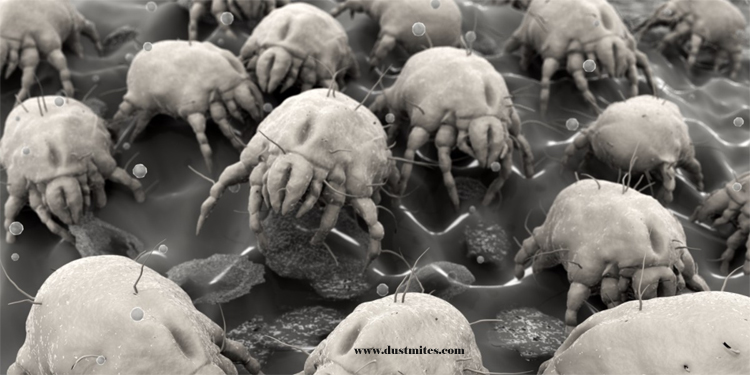

/133962711-copy-569fe7615f9b58eba4addcc4.jpg)







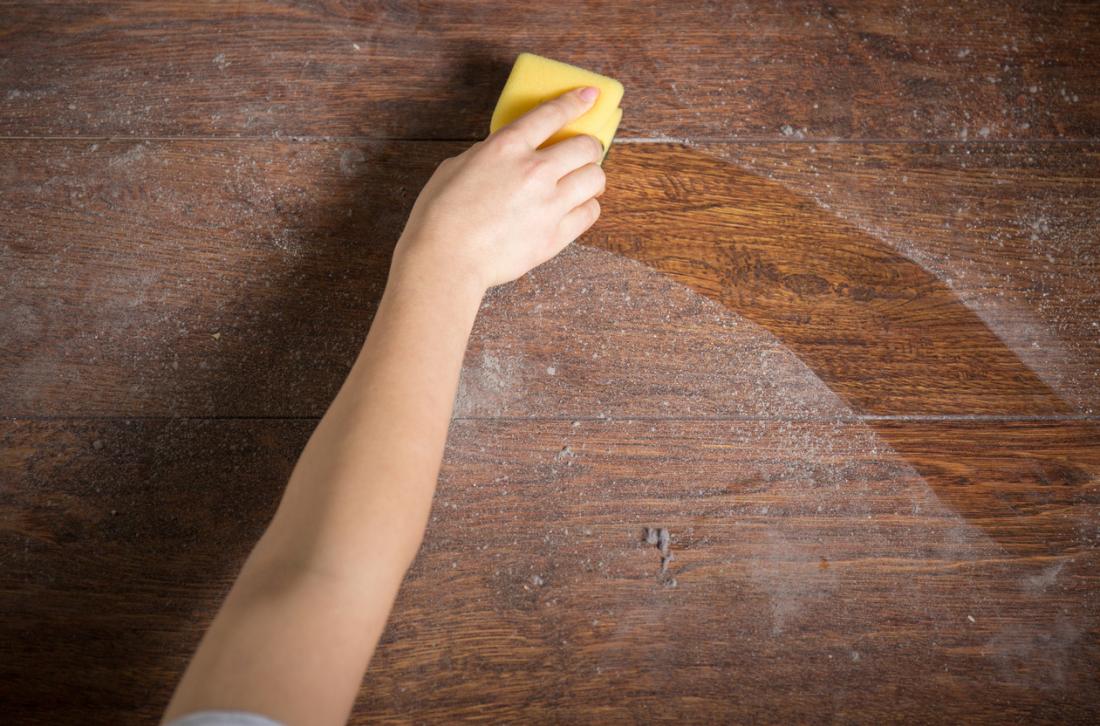

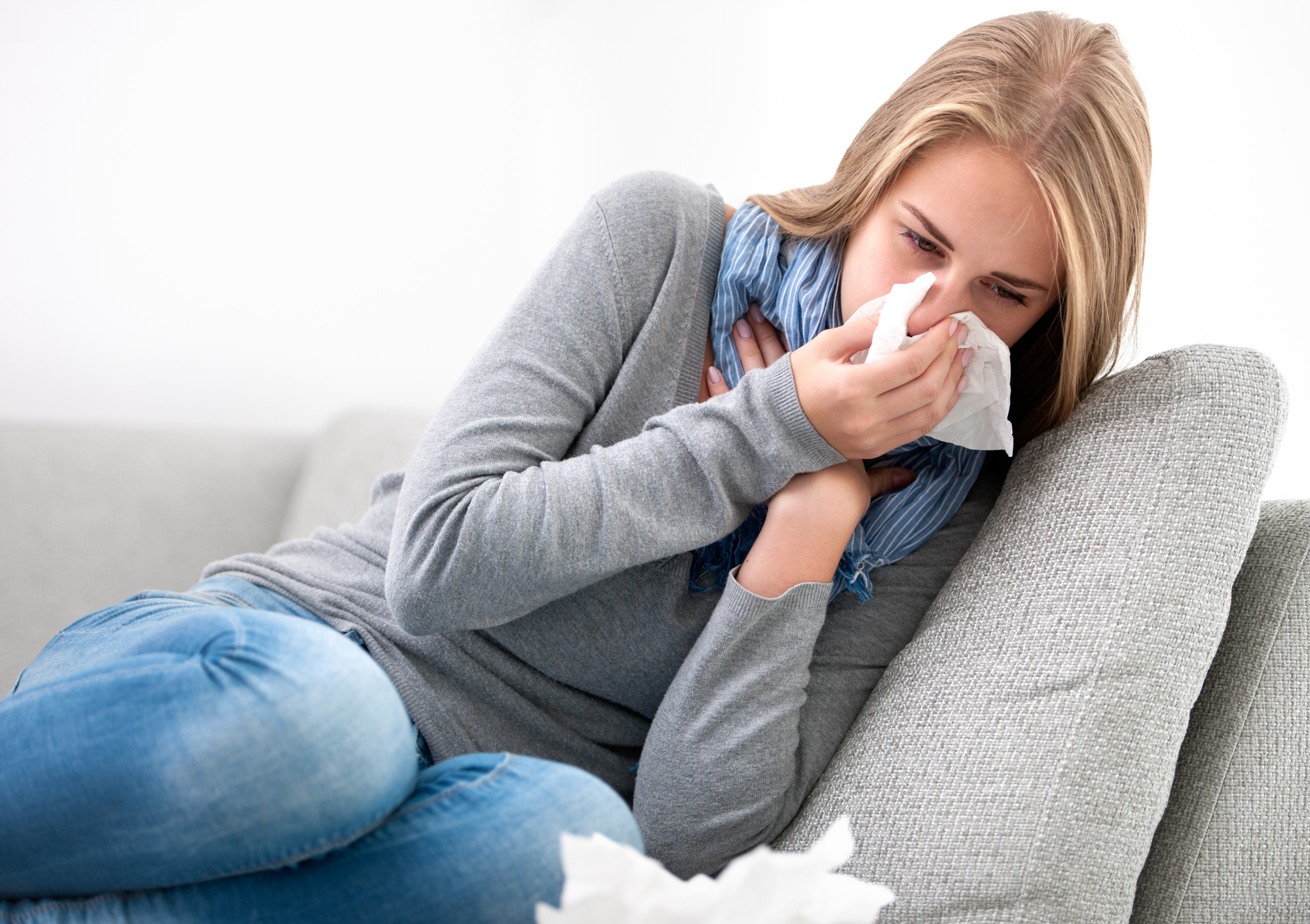

















0 Response to "43 drywall dust allergy symptoms"
Post a Comment